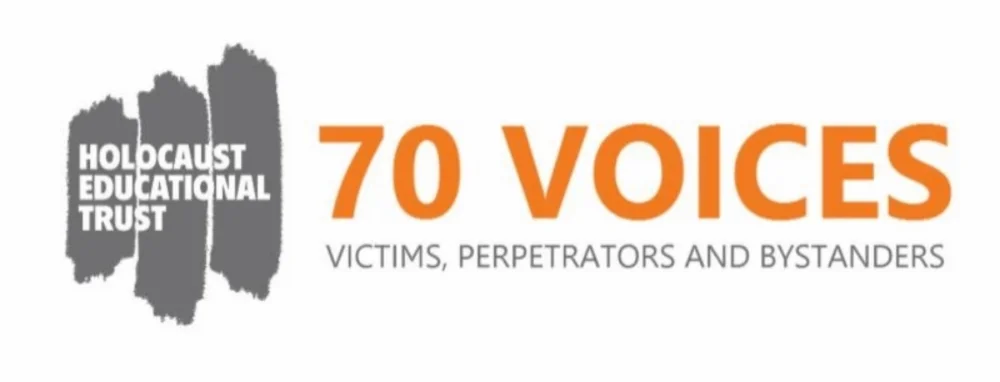As survivors of Bergen-Belsen began to recover, some returned to their home countries whilst 6,000 were taken by the Red Cross to Sweden to recuperate in July 1945. However, many Jewish and Polish survivors did not want or were not able to return home so a Displaced Persons (DP) camp was established in the army barracks at Bergen-Belsen in the summer of 1945. Sadie Rurka (later Sadie Hofstein) was a welfare officer for the Jewish Relief Unit, a British Jewish charitable organisation, and worked with the survivors in the DP camp.
By the time I arrived at Bergen-Belsen which was several weeks after its liberation, the Jewish community and its leadership had begun to have some sense of an organisation. They had already identified 83 children under the age of 16 who had absolutely no relatives… Since I was the Child Welfare Officer, I was put in charge of them. We located a building and decided to house all those children together, in what became known as the ‘Kinderheim’ – The House of Children…
Bergen-Belsen children – the children of the Children’s House – began to settle into some kind of normal life. The began to fight each other, they had puppy-love romances, there was plenty of acting out, they objected to the rules, and night after night, more than one of these children cried themselves to sleep. One day when we were working in the Children’s House there was a terrific shout, and I went out to see what was going on. And in the yard was Pola and Bella’s father. In all that time that I was in Europe, and certainly in Bergen-Belsen, that was the only intact family I ever knew: the mother was in hospital, and now, their father had arrived from Poland. It was the best of days, and the worst of days. Can you imagine what it was like for the other children whose families had perished?
For those children and adults in the DP camp who had no families or home to return to, the question of where to go next remained unresolved for months or even years as Allied governments were generally reluctant to admit them. In the meantime, the survivors set about forging their own unique Jewish community which would play a leading role in the rebirth of Jewish life and culture after the Holocaust.
Photo: young girls recover after liberation; Imperial War Museum (http://www.iwm.org.uk/collections/item/object/205215292)
Testimony: Ben Flanagan & Donald Bloxham (eds.), Remembering Belsen: Eyewitnesses Record the Liberation (Holocaust Educational Trust/Vallentine Mitchell)

